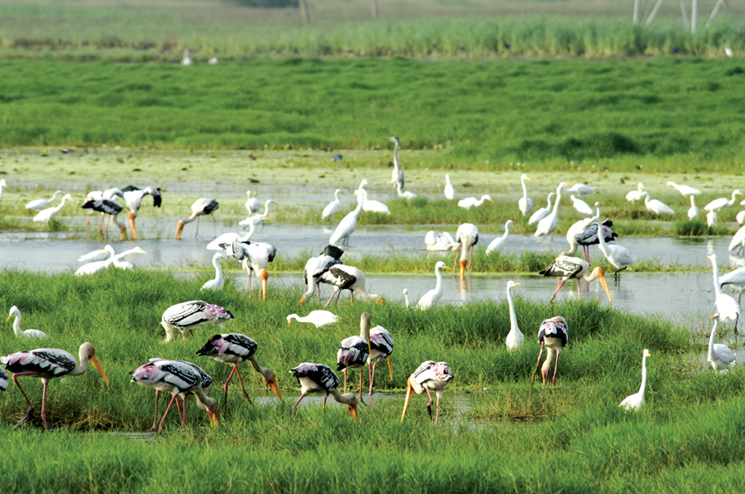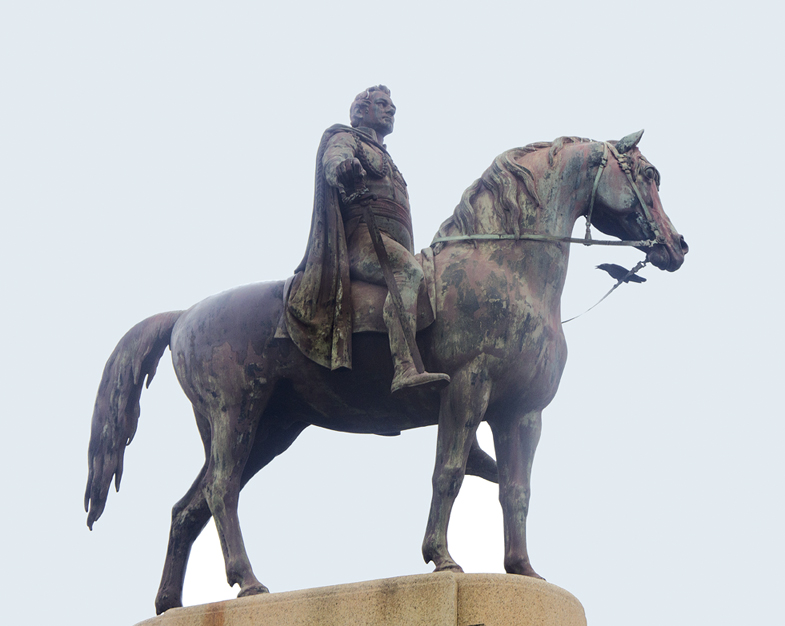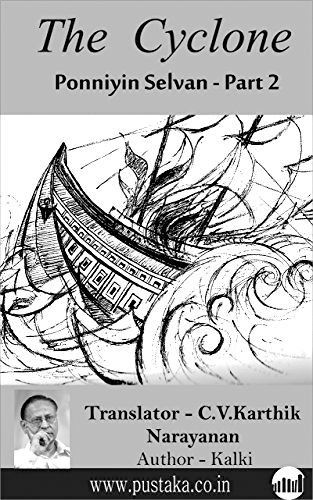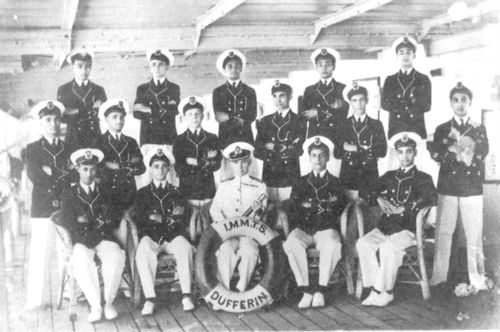Registered with the Registrar of Newspapers for India under R.N.I 53640/91
Vol. XXVII No. 18, January 1-15, 2018
Archives: Vol. XXVII No. 18, January 1-15, 2018
Will appreciation of this be taught in syllabus…
By Our Education Correspondent
Humanities still get short shrift

Painted Stork (above), Cormorants (below left) and Pelicans (below right) arrive for the Season at Sholinganallur marshland.
Statistical indicators of the physical and quantitative aspects of the education system show Tamil Nadu in good light in comparison with other States. Sufficiency of infrastructure, however, does not by itself ensure efficacy. Syllabus content and teaching methodologies produce the final impact. The growing number of unemployable graduates, instances of their having to take up lesser positions unrelated to their qualifications, and Tamil Nadu students finding it difficult to compete in all-India eligibility tests expose the qualitative weaknesses of the State’s education system. To meet this challenge, the Government a few months ago set up a committee to work with the State Council for Educational and Research Training and come up with a new syllabus for Higher Secondary Schools.
The new syllabus, claims SCERT, is “a more holistic one that aids real life.” The syllabus for the first time has included an exclusive position paper on Information and Communication Technology (ICT) and elaborated its importance in the current scenario. ICT has been introduced at the primary level itself, so that learning is not confined to textbooks but extended at the teaching access to the internet, introducing students to technology as part of the curriculum. Subject to availability of qualified teachers for this module, it is a welcome step and it is of practical significance in “real life”, provided students are made aware that the information they will find from these sources will not always be the most accurate.
Like familiarity with the computer and the internet, a working knowledge of English has become an overarching necessity, besides knowledge of focused subjects. Knowledge of subjects without communication skills is today inadequate for employability. If the medium of instruction in secondary stage continues to be Tamil, students in professional courses will need to be taught technical contents in Tamil, but they are faced with instructions in English and find it difficult to cope. Consequently, when they graduate, the students have a poor grasp of the subject and low ability to express in English. Upon graduation, this group is left with paper degrees that cannot fetch jobs. Specialised training to high school teachers to teach Communicative English and getting the students accustomed to the medium of learning professional subjects being English, are essential to keep pace with the needs of ‘real life’. A library with language and English books should be mandatory and children must be encouraged to read books as regular habit rather than rely on the internet. Knowledge of English and of an additional Indian language is an ideal
Whither heritage conservation?
By The Editor

The rusted Munro statue
2017 is drawing to a close. We must be thankful that no major heritage structure caught fire or mysteriously collapsed this year. What was on the verge of collapse in December 2016 remains in the same state a year later. But we have had acts of wanton demolition, as happened with Binny’s head office. But there is a glimmer of hope and this has manifested itself by way of a Government announcement, earlier this month. And so we end 2017 on a positive note.
Recalling Ponniyin Selvan
TWO REMEMBERED

The publisher’s note It was in 1996 that Karthik Narayanan suggested we publish Ponniyin Selvan in translation in time for the centenary. I thought to myself: five hundred chapters… 2,400 pages? The equivalent of at least ten of the short novels I was editing for Macmillan’s Modern Indian Novels project of translations with the support of the MR.AR. Educational Society.
“What’s it about?” I asked and, without once breaking stride or fumbling for expression, KN narrated the story of Ponniyin Selvan and as he did, I was drawn, like so many thousands before me, to the magic and drama of Kalki, one of the greatest story-tellers of our time.
“Who will translate such a work?” I mused.
Rebel with a cause
By K.R.A. Narasiah

C.G.K. Reddy can be seen in the second row, fourth from left.
From early in his life C.G.K. Reddy, former Business Manager of The Hindu and founder Director of the Research Institute of Newspaper Development, an organisation with which the Press Institute merged. Never had literally. He started his life as a mariner, having joined the Training Ship Dufferin as an engineering cadet. On graduation, he was posted as fifth engineer in ss Chilka, a vessel belonging to the British India Steam Navigation Company. Along with him was another Cadent navigating officer, Sayeed Shahabuddin. The ship, was carrying troops, left Calcutta for an unknown destination on January 23, 1942. On March 10th, she altered course due east, heading for Padang, Dutch East Indies (now Indonesian port).
The family’s sole calling card
by P.V. Krishnamoorthy
4-page Margazhi Musings – A special feature
SUBBUDU

Irrespective of the many bureaucratic positions I have held and the awards I have received, I invariably introduce myself to people by saying, “I am Subbudu’s youngest brother” that has opened many doors for me. In fact, all the members of the family exploit their one and only visiting card, “SUBBUDU”.

